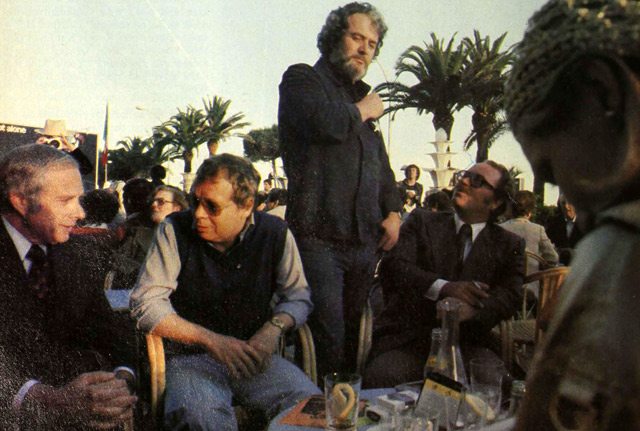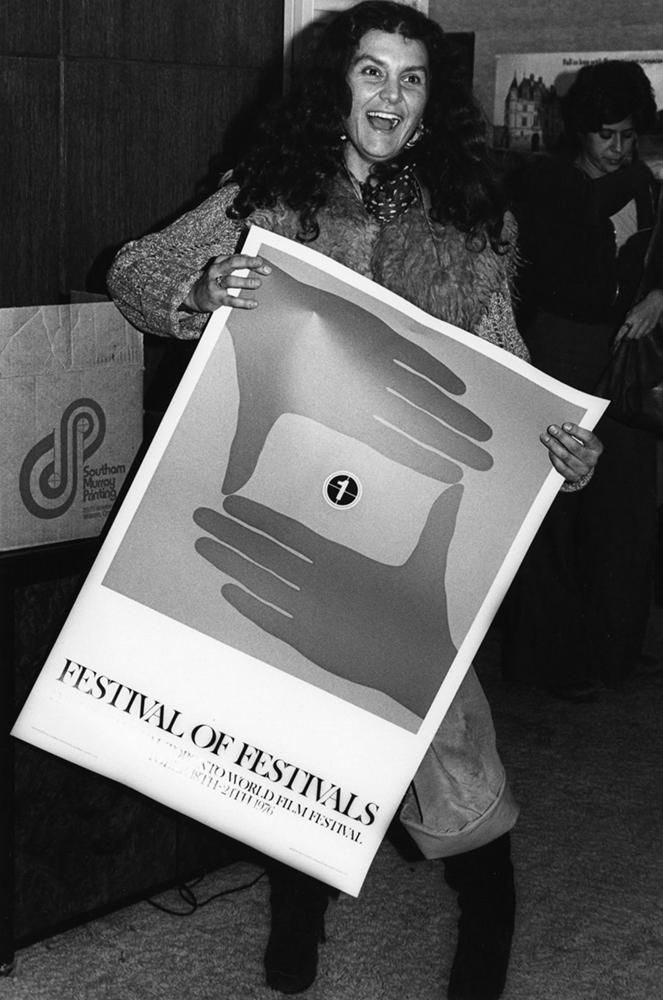By Alya Stationwala
With a worldwide pandemic on our hands, the Canadian government has urged people to avoid large gatherings and stay close to home. Streets empty and events cancelled, COVID-19 has very abruptly changed our lives into entering a health crisis quarantine. So, while you are stuck in your room getting through another canned food meal and surrounded by your emergency supply of toilet paper, here’s a few Canadian movies streaming on Netflix to keep you busy.
Bruno and Boots (2016 - 2017)
Photo: Aircraft Pictures
Universities, high schools and elementary schools are closed nationwide and have moved to online learning, at least for the next few weeks. If you’re missing the school ground drama you can always follow the academic shenanigans of Bruno and Boots.
An Aircraft Pictures production for the YTV channel, Bruno and Boots is a television film series based on Gordon Korman’s Macdonald Hall series of young adult novels. Originally aired in 2016, the story follows two high school troublemakers at a prestigious school for boys making their mark through high jinks, whether they go well or not. The best part is, if you like the first one, there’s two more in the series available on Netflix during your staycation.
Goon (2011)
Photo: Magnolia Pictures
The NHL, MLB, and NBA have officially closed doors due to COVID-19 fears until further notice. If you’re looking to get your sports fix, look no further than the hockey classic Goon.
Sharing the world of fighting on ice, Goon tells the story of a tough new player on the Halifax Highlander team who has to punch his way to the top. Led in a truly Canadian fashion, the film is produced and written by Ottawa resident Jay Baruchel, who you might know as the voice of Hiccup in the How to Train Your Dragon series. To boot, there’s a sequel if you’re looking for more drama on the rink: Goon: Last of the Enforcers.
Into the Forest (2015)
Photo: Rhombus Media
While we may not be in the middle of an apocalypse, the dystopian vibes of the country-wide lockdown cannot be ignored. Surviving when there’s no one else around is something this Canadian movie can give you tips about, so take notes while you watch.
Without gas, water, electricity, or cellphones, Into the Forest is a story of an apocalypse forcing two sisters into the wilderness of the Pacific Northwest. Starring Ellen Page and directed by Patricia Rozema, this 2015 Canadian flick will leave you prepared for anything that may come your way.
To help flatten the curve of the COVID-19 pandemic, staying home is the best way to minimize the spread of the virus so we can get to a place where everything starts to level off.
So, while you are stuck at home for the next few weeks, Canada has something for you which you can watch in the comfort of your own home after wrestling for a box of granola bars at your local grocery store.










